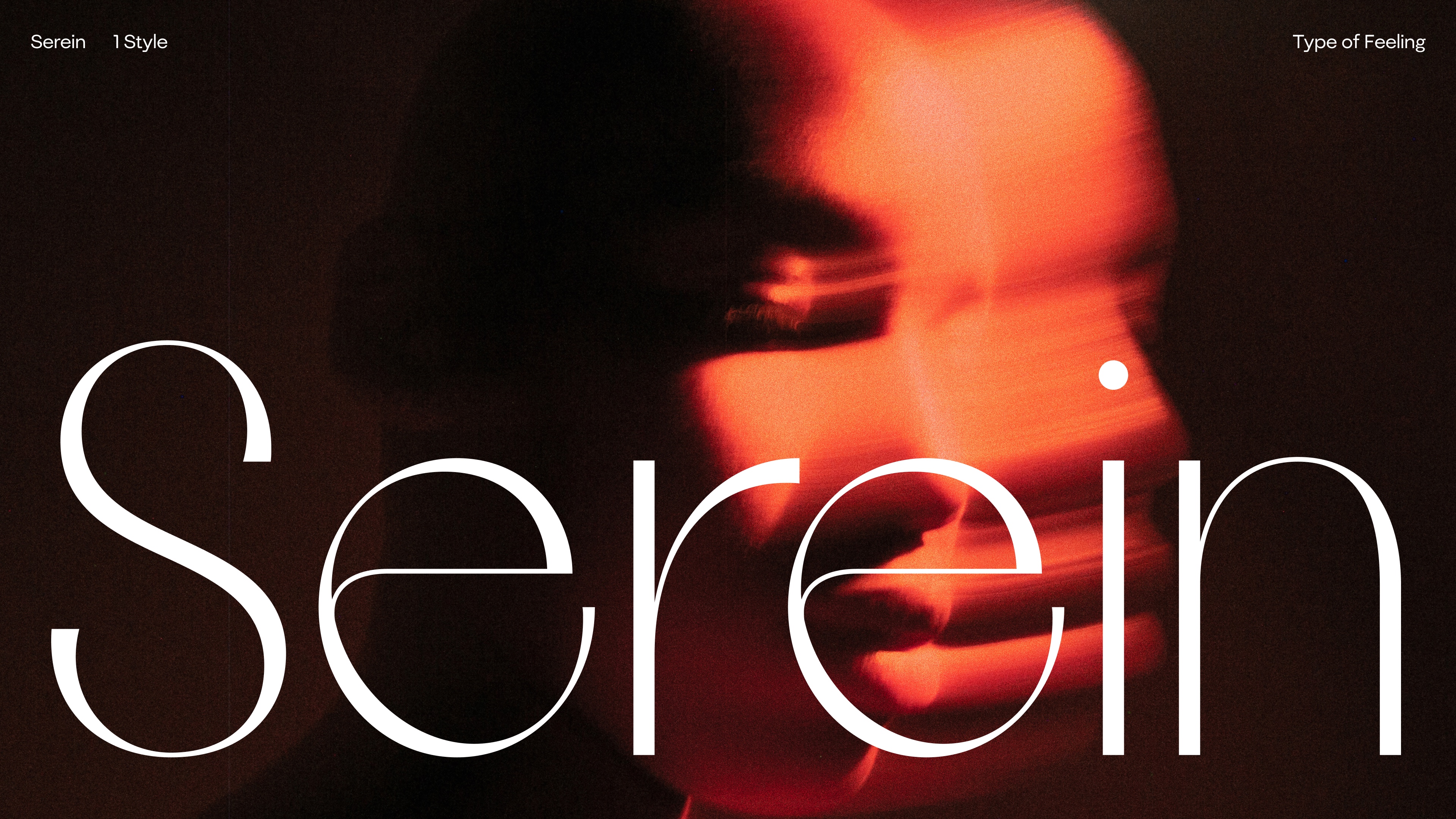
The rapid rise of AI has sent shockwaves through the creative industries, leaving people in some professions, such as illustration and photography, to wonder if they'll soon be out of a job. When it comes to type design and typography, thankfully, there's a bit more breathing space (if you need more reassurance, here's why typographers don't need to worry about AI).
As I discuss in my other Typography Week article 'How AI is Changing Typography Design', AI isn't really having the same kinds of dramatic effect on these disciplines… so far, at least. But it's pretty likely that as the tech improves, that will happen over time.
It's sensible to assume that, at some point, more and more of type design and typography will become increasingly automated. So if you're a designer interested in type, and you're not just relying on ready-made free fonts, how can you future-proof your career, long-term?
In this article, we speak to industry experts to get their view on what core skills you'll need to cultivate to remain indispensable in an AI-augmented world.
01. Critical thinking
Once upon a time, Photoshop was so complicated to use that simply knowing all the functions and how to use them was enough to qualify you as a graphic designer. Nowadays, though these and similar tools have become so automated, that's no longer enough.
When hiring designers these days, studios are less interested in what software you've mastered, and more on the ability to think critically and conceptually about challenges.
As AI tools become better at automating certain aspects of type design and typography, so the that same dynamic will be strengthened. As Gianluca Ciancaglini, design director and typography specialist at Landor, puts it: "Ideas are and always will be the focus. Technology will need to be integrated to speed up and improve processes, driven by strong and innovative ideas."
His colleague Teemu Suviala, chief global creative officer at Landor, agrees. "Conceptual thinking and storytelling will be important skills going forward," he believes. "Beyond mastering the craft, typographers must become adept at defining the brand, core narrative, emotional resonance, and cultural context that a typeface should embody."
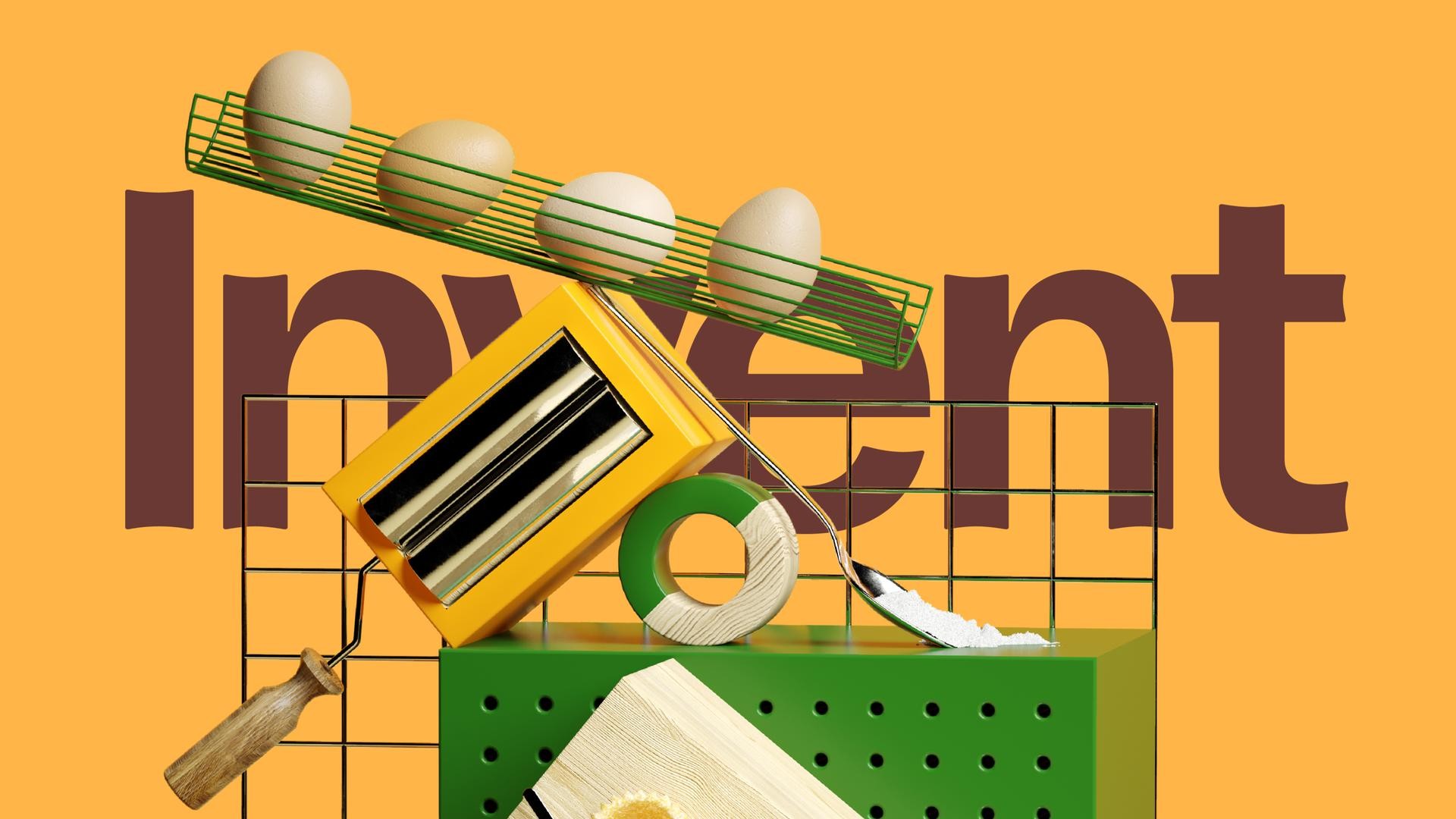
And here's another, related skill that human can do better. "Ultimately what AI can never do is to convince a client," points out Yorgo Tloupas, head of creative studio Yorgo&Co and type foundry Yota Fonts. "So communication skills may make the difference ultimately. We already spend almost as much time designing stuff as explaining how and why we design it."
02. The ability to create beautiful things
When it comes to illustration, we're already seeing a lot of homogenisation thanks to AI, particularly on social media. While quick-and-easy AI images may be a godsend to time-poor marketing people, they're rapidly making Facebook and Instagram ads unbearably samey-looking. And the same dynamic could equally happen in type.
If that does happen, then the ability to inject personality and imperfection into type design and typography will become an increasingly valuable skill. A skill that, again, humans will always be better at than machines.
As Carl Willis, design director at Landor, puts it: "It's our uniquely human ability to synthesise inspiration, infuse meaning, and craft narratives through type that will continue to shape the future of this art form."
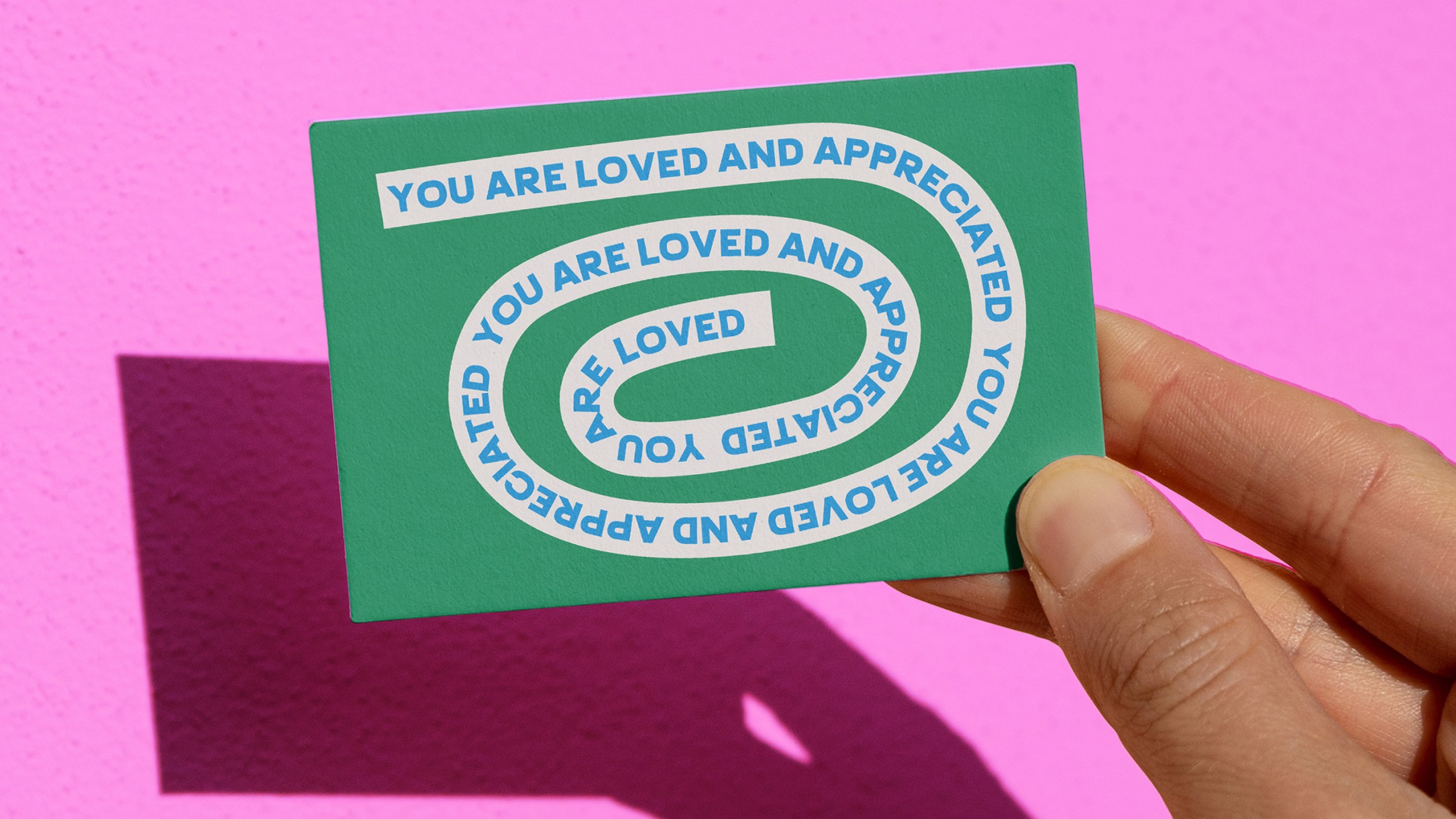
So how can designers lean into this? "Step away from the screen, open your eyes, and let the world be your typographic muse," advises Carl. "Look around you. Observe the organic forms of nature, the geometric precision of architecture, the raw emotion in a handwritten note. These are the wellsprings of typographic inspiration. Let the play of light and shadow inspire your letter spacing, the rhythm of a cityscape inform your font pairings."
Simon Manchipp, founder and executive strategic creative director at SomeOne, agrees that while machine-created design can be functional, it is rarely beautiful. "Concorde was the last beautiful commercial aircraft – and it was drawn by hand, you can see the arc of a wrist in the curve of the wing," he points out. "Then CAD took aircraft to unexplored but ugly efficiencies. The Airbus A380 may easily be the world's largest passenger aircraft, but it's not easy on the eye. Words need to be read, there's an efficiency thing there too. But unlike aircraft, they fail to work if they look grim."
03. Developing a unique voice and brand
In a world where AI-generated designs become more commonplace, establishing a distinctive personal brand and ethos is also likely to become more important.
That's something that artist, illustrator and animator Conor McHugh knows a lot about, as he showcased in the superb album artwork, typography and animated event poster he recently created for jazz clarinettist Adrian Cox. And he has a keen eye on how AI may change typography in the future.
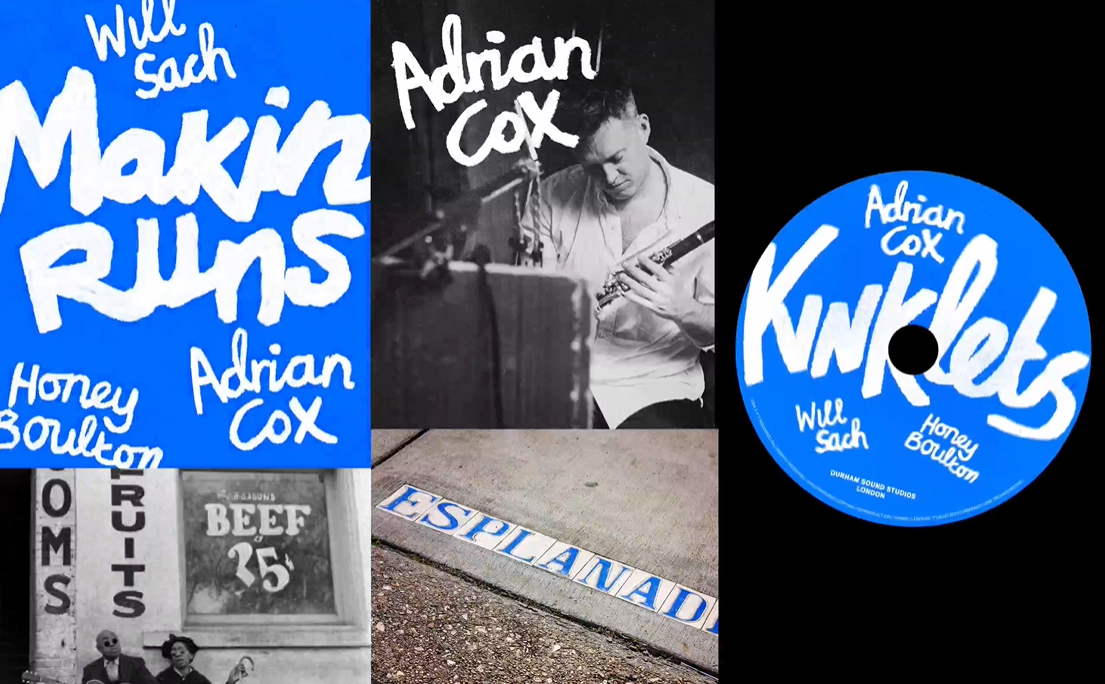
"You know how stock image sites have made more generalist photographers less relevant?" he posits. "I think a similar thing will happen elsewhere in the creative industry. Cheaper, less interesting jobs will get given to AI. This will push designers and illustrators to focus more on becoming specialist in a certain area, perhaps with a focus on a signature style, an interesting brand ethos, or the ability to come up with unique ideas."
04. Understanding the fundamentals
In the long term, it's likely AI will become very proficient at the functional side of typography. But in the medium term, we'll probably see the same kind of dodgy results we've previously seen with AI illustration, which is still bedevilled by issues such as giving people the wrong number of fingers.
Graphic designer Martin Baillie, who primarily works with client in the culture sector such as V&A Dundee and Glasgow Short Film Festival, notes that some firms won't be bothered by this. "Just as there are shop signs set out in low quality fonts with dodgy kerning that was baked into the font file, there will be people who use AI results as is, and either don’t see, or don’t care about the bits that may be rough around the edges," he reasons.
Personally, of course, he experiences the opposite. "As a graphic designer I really enjoy working with a high quality font that a skilled typographer has spent countless hours tweaking and honing, pushing points around pixel by pixel to get the precise impact they are after," he says.
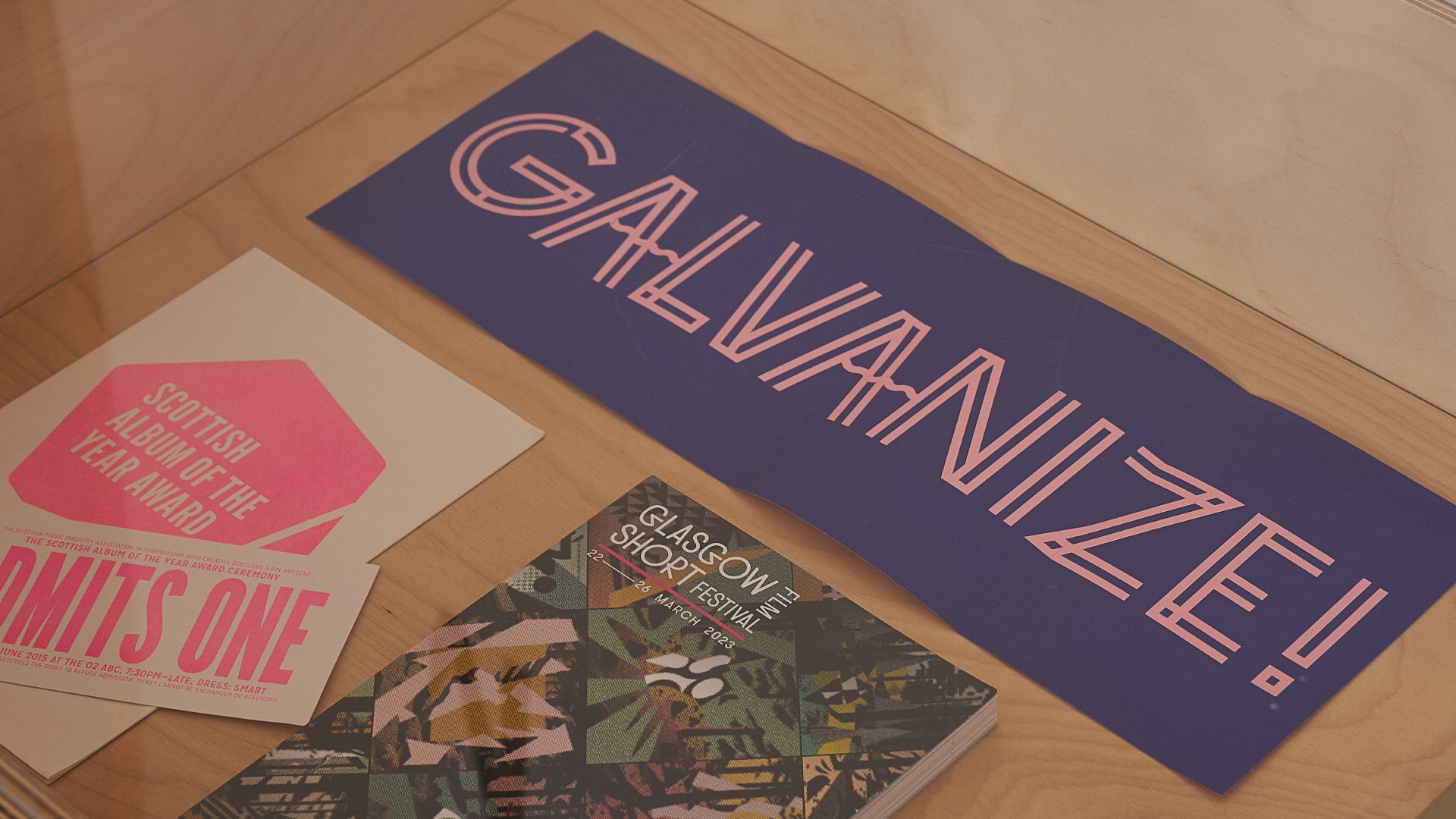
In this light, Simon believes designers who fully understand the fundamentals of typography will be in a good position to carve out a niche in an AI world. "Knowing your diphthongs and things will be essential to avoid being sold down the river with the latest AI supermarket sweep," he believes.
"Typographic rules and insights have not enormously travelled since the publication of 'The Visible Word: Problems of Legibility' by Herbert Spencer in 1969," he notes. "You still can't put loads of words on a single line and expect people to not trip up. You never could. The same goes for poorly considered ascender and descender length, counters, weights, italic angles; the list goes on.
"With so many variables, and an apparent march towards a slider-led variety show of typographic styling, knowing when to stop, while still turning up the volume of distinctive brand assets, will be a valuable tool."
05. Cultural awareness
We've seen many examples to date of how generative art AI produces work that's culturally tone-deaf, historically inaccurate or both. It's sensible to assume that when AI gets 'good' at typography, the same thing will happen. And so another way that humans can set themselves apart from machines will be by cultivating a deep understanding of cultural nuances and typographic history.
"Understanding the evolution of typography, from its historical roots to contemporary trends and typographic theories at large, will be essential for making informed design choices and guiding AI's development,” believes Teemu. This knowledge will allow typographers to create work that is not only visually appealing but also culturally resonant and historically informed: something AI is likely to forever struggle at.
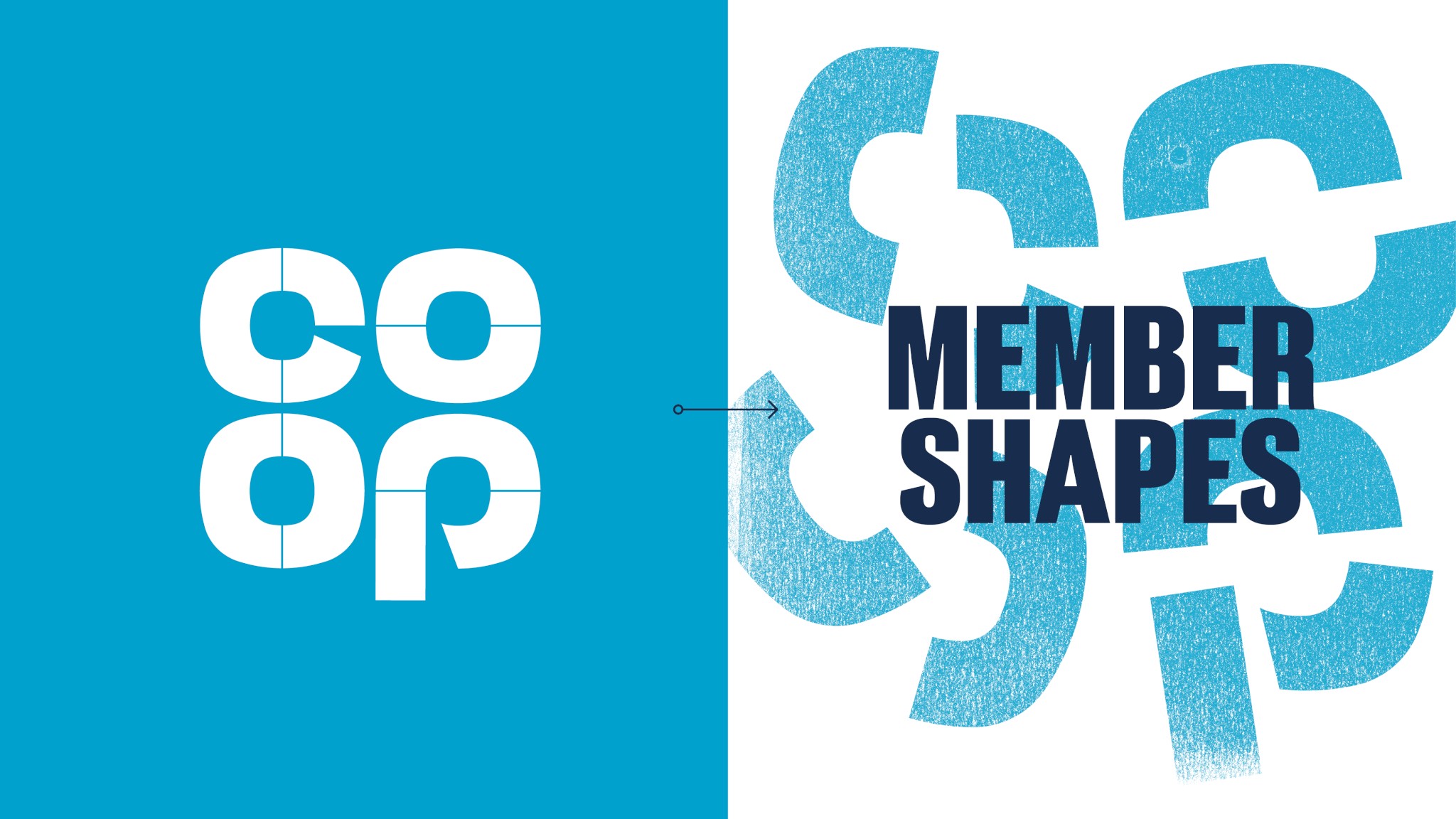
As Zeynep Akay, type designer and creative director at Dalton Maag, says: "What makes a good design is as much its ability to stand the test of time as it is its momentary impact. So a trained, discerning eye that separates the profoundly considered from the superficially passable will continue to make a good designer."
06. Collaboration skills
Another thing that a human can do but a machine can't, at least not well, is collaborate with others. And that's something Jessica Walsh, who's recently launched her own font foundry, Type of Feeling, prizes highly.
For this reason, she sees the future of typography as: "A collaborative approach between people and technology where the creative direction and craft are still valued but the tech eases some of the more tedious parts of the process like the research phase, consistency across platforms and the ability to create multiple weights more easily.
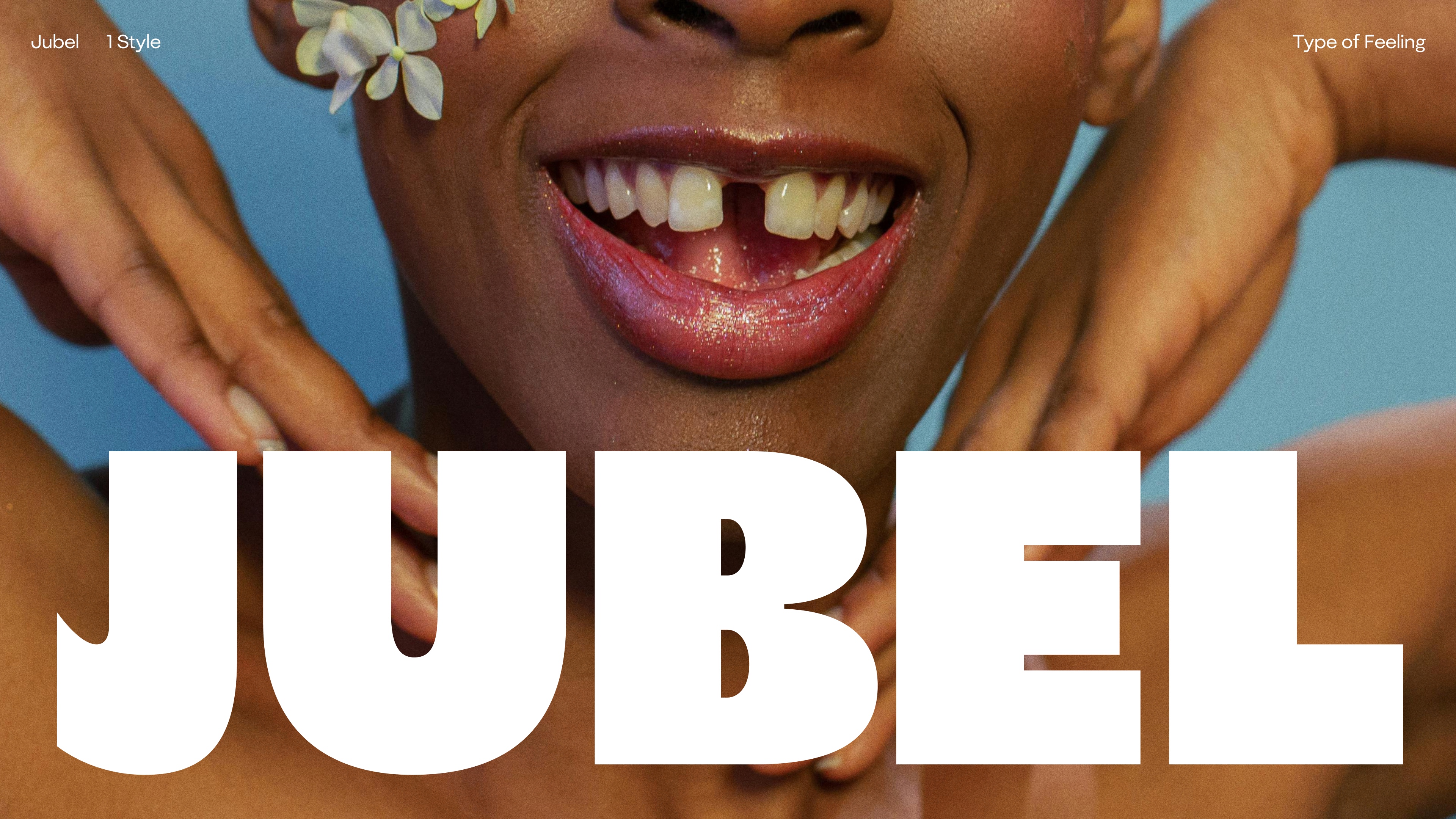
"While there will be the capability for 100% generated typefaces," she says, "I believe there will always be value to all the little imperfections and humanness that a person can bring into the process."
Conor agrees. "I think it will become more and more important for brands to partner with real people," he believes. "And so ensuring you have some kind of brand presence, ethos, or special interest at the heart of your work will become more important.
"If you have an interest in reading, running, cooking–focusing on your design or illustration skills in those areas will not only create a job you love, but it will define your brand in a way that is valuable to partner with."
If all this inspires you to take a human approach, find out our tips for making your own typeface. And for totally beginners, here's a typography glossary.







